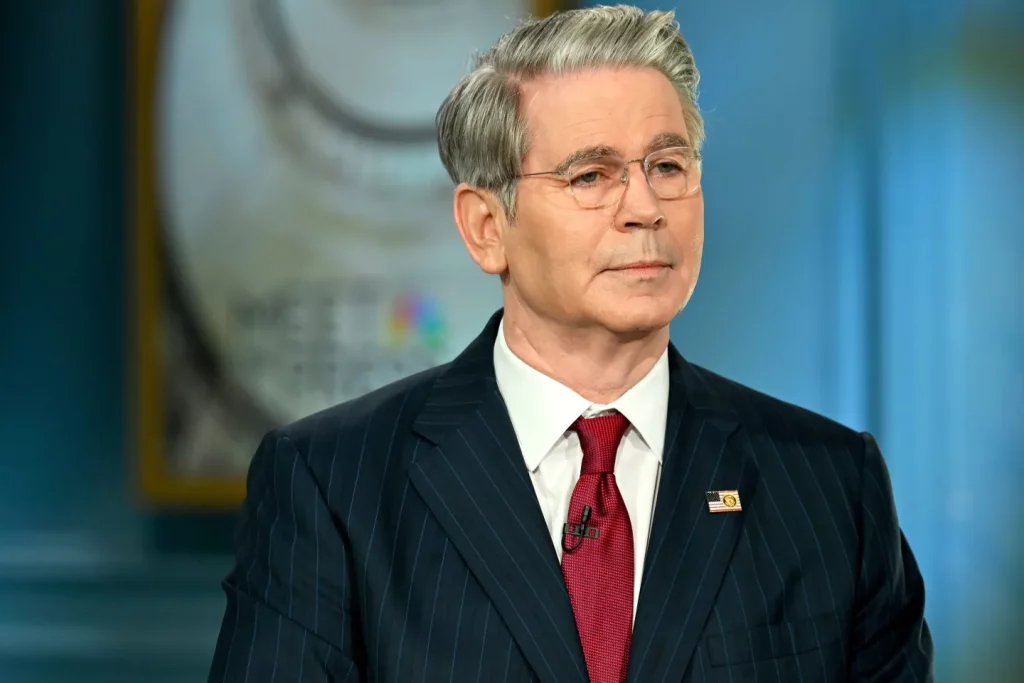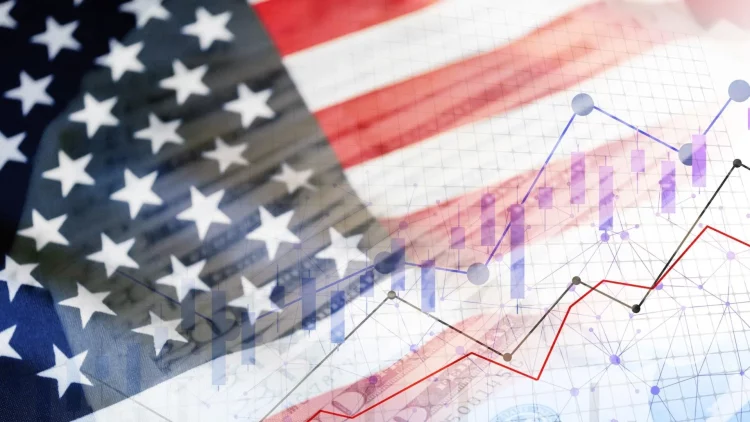Introduction: A Paradox of Prosperity and Pessimism
Despite steady GDP growth, a historically strong labor market, and robust corporate earnings, many Americans and investors remain skeptical about the true health of the U.S. economy. This paradox—where economic indicators flash green but sentiment stays cautious—raises a critical question: is the economy genuinely resilient, or are there structural vulnerabilities masked by short-term momentum? In this article, we explore the key indicators that paint a complex picture of the current economic landscape, incorporating insights from seasoned economists and financial strategists.
GDP Growth vs. Recession Expectations
The U.S. economy has surprised many forecasters by avoiding a recession, even amid aggressive interest rate hikes by the Federal Reserve. For much of 2023 and into early 2025, quarterly GDP growth remained positive, driven by strong consumer spending, manufacturing rebounds, and a surge in nonresidential investment. Yet, calls for a downturn persist, rooted in the assumption that monetary tightening eventually “breaks something.” Historically, yield curve inversions have been among the most reliable predictors of recessions. The current inversion between the 2-year and 10-year Treasury yields has lasted over a year—longer than many past cycles—prompting continued anxiety among investors.
However, not all economists agree that inversion guarantees a recession. Some argue that in a world of low global yields and high demand for safe assets, the predictive power of the yield curve may be eroding. Others point to fiscal stimulus, high consumer savings, and labor market tightness as buffers that delay or even neutralize recessionary pressures.
Labor Market Strength and Its Hidden Weaknesses
The labor market has been one of the strongest pillars of the current expansion. Unemployment hovers near multi-decade lows, job openings remain elevated, and wage growth—though moderating—continues to outpace inflation. From a macroeconomic lens, this is good news: strong employment typically fuels consumption and economic growth.
Yet, the surface strength of the labor market hides growing disparities. Labor force participation rates remain below pre-pandemic levels, particularly among older workers and younger men. Additionally, much of the job creation has come from part-time or lower-wage sectors, raising concerns about job quality. Temporary employment—a canary in the economic coal mine—has begun to decline. If the labor market were truly strong across the board, we’d expect more full-time employment in high-productivity industries.
Consumer Behavior: Confidence vs. Reality
Consumer spending, which accounts for nearly 70% of U.S. GDP, has been remarkably resilient. However, consumer sentiment surveys remain stubbornly negative. The University of Michigan’s Consumer Sentiment Index, for instance, remains well below pre-pandemic averages despite declining inflation and rising wages.
One explanation for this disconnect is the lingering psychological impact of high prices, particularly in essentials like housing, healthcare, and food. Even if inflation has slowed, prices remain elevated, leaving many consumers feeling poorer in real terms. Furthermore, the end of pandemic-era fiscal support has forced many households to rely more heavily on credit. Credit card debt recently surpassed $1 trillion, and delinquencies are rising. This suggests that the consumer-driven momentum may not be as sustainable as headline GDP numbers suggest.
Corporate Health: Resilience or Risk?
Corporate America has largely adapted well to the post-pandemic economic environment. Earnings growth has resumed in key sectors like technology, industrials, and healthcare. Companies have maintained healthy profit margins through a combination of pricing power, productivity gains, and cost control.
But challenges loom. Interest expense is rising for companies with floating-rate debt or those needing to refinance. Supply chain disruptions, though less severe than in 2021–2022, continue to affect sectors like electronics and automotive. Geopolitical tensions, especially surrounding Taiwan and the Middle East, have reintroduced risk premia into global operations. Moreover, stock market performance has been led by a narrow band of mega-cap tech firms, suggesting fragility beneath the surface.

Federal Reserve Policy and Its Lagging Effects
The Federal Reserve’s rapid rate hikes—raising the federal funds rate from near-zero to over 5%—represent one of the fastest tightening cycles in decades. Typically, monetary policy operates with a lag of 12–18 months, meaning the full effects of these hikes may not yet be visible. Real estate, particularly commercial property, is beginning to show cracks. Office vacancy rates are rising, and refinancing risk looms large for overleveraged landlords.
Meanwhile, small and mid-sized banks are facing pressure due to tighter liquidity and declining loan demand. The risk of a credit crunch could weigh on business investment, especially for startups and capital-intensive industries. If rate hikes continue or stay elevated for too long, the risk of unintended economic damage grows.
Structural Strengths: What’s Going Right
Despite the above concerns, the U.S. economy has notable structural strengths. The country remains a global leader in innovation, with a tech ecosystem that continues to attract capital and talent. The energy sector—particularly natural gas and renewables—has become more resilient, offering both economic and geopolitical advantages.
Moreover, American consumers and businesses have demonstrated a remarkable ability to adapt. Supply chain diversification, hybrid work models, and increased digital adoption have made the economy more flexible than in past cycles. The federal government’s investment in infrastructure and clean energy through initiatives like the CHIPS Act and Inflation Reduction Act may provide medium-term tailwinds.
What Do the Experts Say?
Economists are divided. Optimists like Jan Hatzius at Goldman Sachs argue that the U.S. economy is achieving a rare “soft landing,” where inflation is contained without triggering a recession. They cite the strength of the labor market, falling inflation, and solid corporate earnings.
On the other side, more cautious voices like Mohamed El-Erian warn that markets are underestimating the risk of economic “scarring” from persistent inflation and overly tight monetary policy. He points to fragile global demand, elevated debt levels, and potential for financial system stress as warning signs.
The reality may lie somewhere in between. A soft landing is possible but not guaranteed. The path forward likely depends on external shocks (like geopolitical conflict), the pace of Fed policy adjustments, and whether consumers and businesses can continue adapting to elevated costs and tighter credit.
Conclusion: Mixed Signals in a Transitional Economy
The U.S. economy is not as weak as the doomsayers claim—nor is it as strong as the bullish narrative suggests. It exists in a transitional phase, moving from a stimulus-fueled recovery to a more normalized environment. There is real momentum in some sectors, but also latent risks that could emerge with little warning.
Investors, businesses, and policymakers would do well to heed both the positive and negative signals. Maintaining flexibility, managing risk, and avoiding overreactions to single data points will be crucial in navigating what remains an uncertain, but far from doomed, economic path.














































